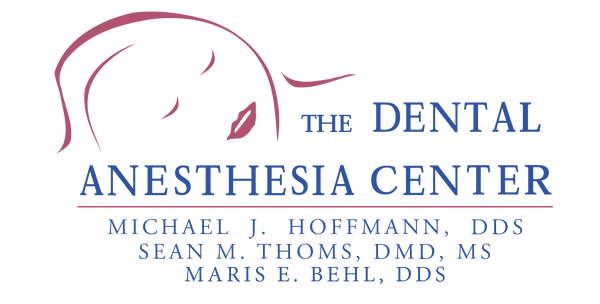There are various periodontal treatments, but the goal is to restore unhealthy tissue.
Maintaining healthy gums is crucial for oral health, and modern dentistry has made significant advancements in periodontal treatment. Gone are the days when gum disease meant invasive procedures and long recovery periods. Various innovative techniques and technologies are available to combat periodontal problems effectively.

What is Periodontitis?
Periodontitis, also known as periodontal disease or gum disease, is a chronic inflammatory condition that affects the gums and supporting structures of the teeth. It is caused by bacteria in dental plaque, a sticky film that forms on the teeth and gums.
Periodontitis typically starts with a milder form of gum disease called gingivitis, characterized by red, swollen, and bleeding gums. If left untreated, gingivitis can progress to periodontitis, where the infection spreads below the gum line and causes damage to the tissues and bone that support the teeth.
Types of Periodontal Treatments
Periodontal treatment aims to address gum disease and restore the health of your gums. When you undergo periodontal treatment, here’s what you can typically expect:
- Comprehensive Evaluation: The first step in periodontal treatment is a thorough evaluation by a dental professional. This evaluation may involve examining your gums, measuring the depth of periodontal pockets, assessing the level of gum attachment to the teeth, and taking X-rays to evaluate the condition of the underlying bone.
- Treatment Plan: Based on the evaluation, your dentist or periodontist will develop a personalized treatment plan tailored to your needs. The plan will outline the recommended procedures, the estimated timeline, and any necessary follow-up appointments.
- Scaling and Root Planing: A common initial step in periodontal treatment is scaling and root planing, also known as deep cleaning. This procedure involves removing plaque and tartar from above and below the gum line and smoothing the tooth roots to promote gum reattachment. It is usually performed using local anesthesia to ensure your comfort during the process.
- Antibacterial Treatments: Depending on the severity of gum disease, your dentist may recommend additional antibacterial treatments to control the infection. This can include localized antibiotics, antimicrobial mouth rinses, or antibiotic gels applied directly to the affected areas.
- Surgical Interventions: In more advanced cases of gum disease, surgical interventions may be necessary. Procedures like flap surgery, pocket reduction surgery, or bone grafting can help eliminate deep pockets, reduce gum inflammation, and restore damaged gum and bone tissue.
- Maintenance and Follow-Up: Once your initial periodontal treatment is complete, your dentist will provide guidance on maintaining good oral hygiene and preventing gum disease recurrence. Regular follow-up visits will be scheduled to monitor your gum health, perform cleanings, and make necessary adjustments to your treatment plan.
- Healing and Results: Healing time can vary depending on the extent of the treatment and individual factors. Following post-treatment instructions, such as proper oral hygiene practices, medication usage, and dietary recommendations, is essential to ensure optimal healing and long-term results.
- Ongoing Gum Maintenance: Periodontal disease is a chronic condition, and regular maintenance visits are crucial for maintaining the health of your gums. These visits typically involve professional cleanings, gum evaluations, and adjustments to your treatment plan as needed.
It’s important to note that the specifics of your periodontal treatment may vary based on the severity of your gum disease and your unique oral health needs. Your dentist will provide you with detailed information and address any specific questions or concerns you may have regarding your treatment plan.
